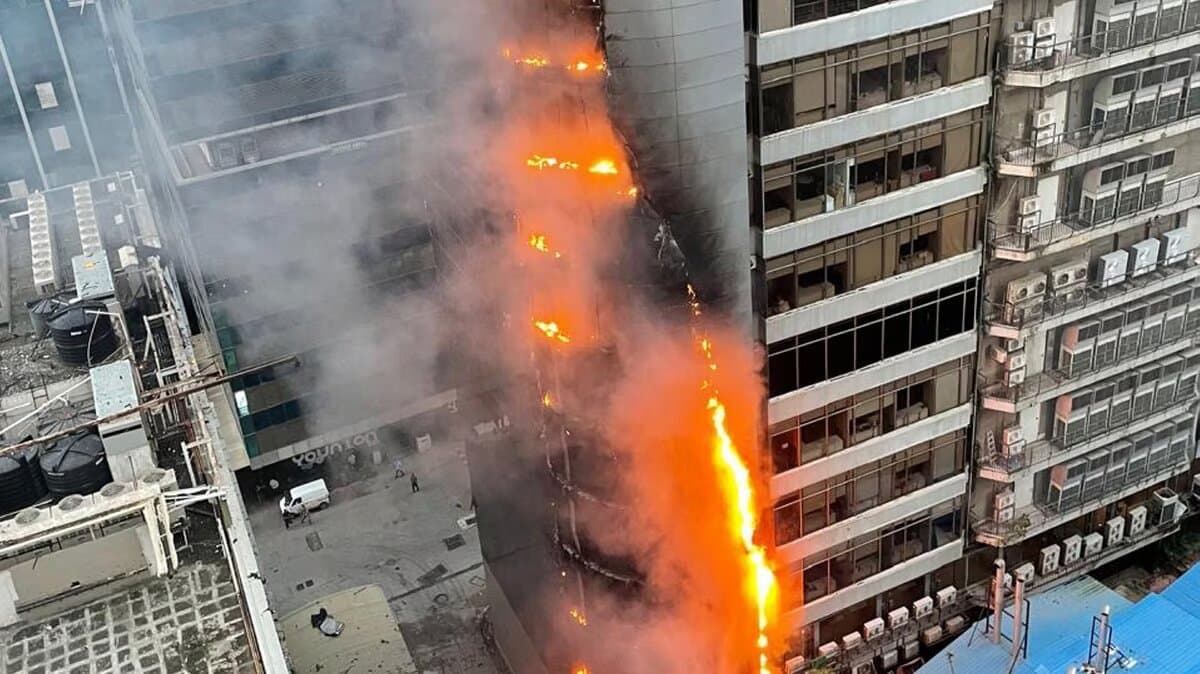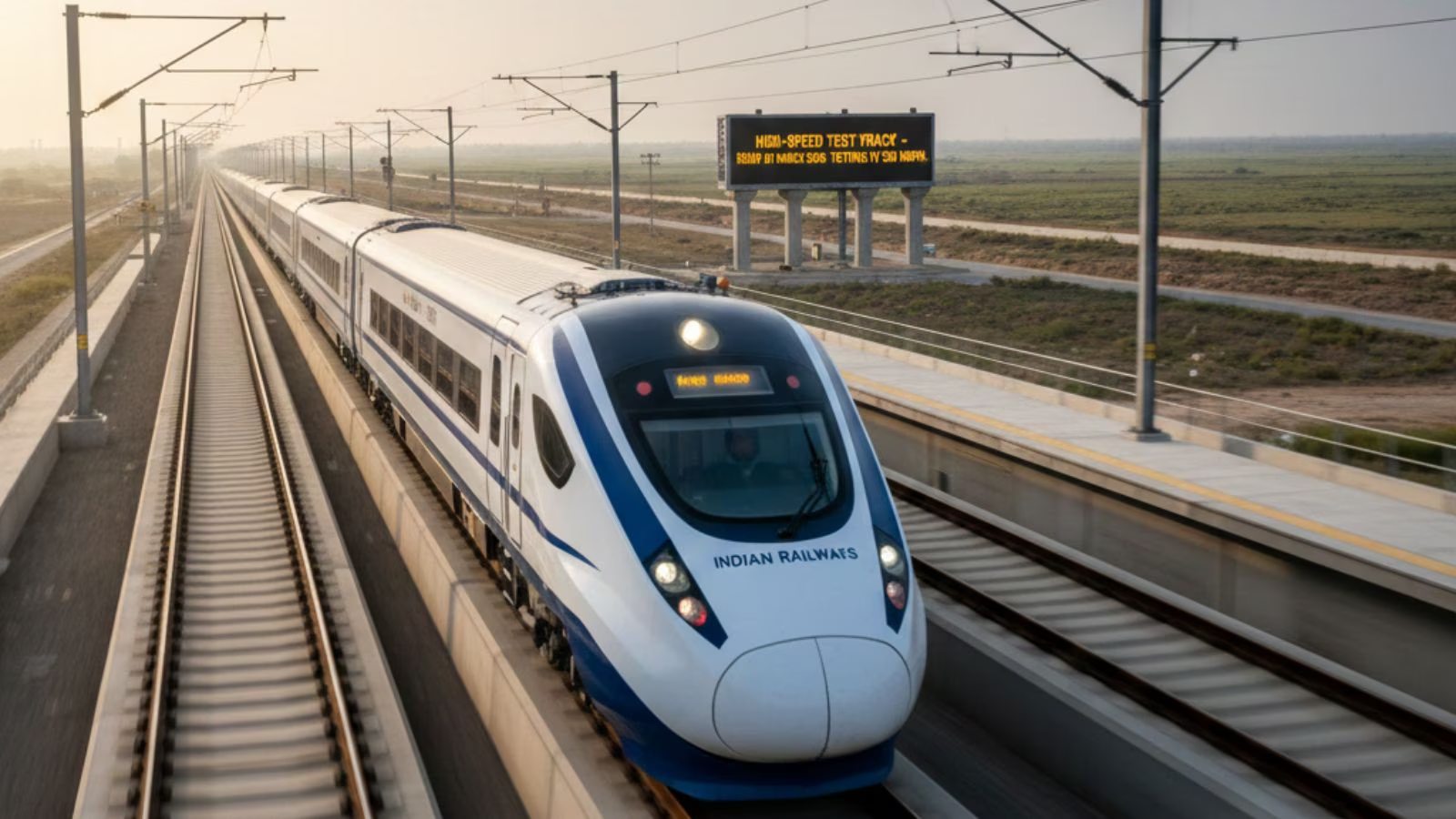A level II fire broke out early on Sep 6 inside the 15-story Times Tower in Lower Parel's Kamala Mills in Mumbai, Maharashtra. While no casualties were recorded in the fire, the tragedy was recorded as the third fire in Kamala Mills in recent years. This has raised concerns among residents.
The incident was reported at 6.30 am on Sep 6 inside Times Tower, a commercial highrise within the Kamala Mills site. According to the official report, the fire affected the acrylic sheet running outside from the ground to the 10th floors, with the greatest impact felt between the building's seventh and 10th floors.

Several companies' offices were located on the affected floors, according to a Mumbai Fire Brigade (MFB) official who was present during the firefighting operation.
The brigade sent its firefighters and 15 vehicles—seven Jumbo tankers, two fire trucks, five fire engines, and one turntable ladder—to put out the fire as soon as it was discovered.
“When we reached the spot, we saw the fire duct of the building ablaze. Inside the building, the electrical installation and offices situated from the 7th to the 9th floor were most affected,” said an official.
The building's internal firefighting system, which included the sprinkler system, was operational, according to the fire officials, and it helped with the rescue operations. But during the operation, the building's glass facade created a number of challenges.
“Despite an operational firefighting system, there was too much smoke and dust inside the building owing to its glass facade structure. To counter this, we entered using breathing apparatus, and in some places, we broke the glass for ventilation and conducted the operation,” said the official.
He continued, “Since the fire erupted in the wee hours, offices were vacant, which ensured no one was injured. Even security guards were outside the building when the fire spread.”
According to the authority, the fire only affected the electrical system, wiring, false ceiling, office supplies, and furniture between the building's seventh and 10th floors.
As a result, no significant property damage was reported. Moreover, the external acrylic sheet extending from the ground to the 10th storey was also impacted.
“In our investigation, we will determine where the fire broke, how it spread, and how much. We are also checking whether the building has a NOC,” said Mumbai’s Chief Fire Officer (CFO) Ravindra Ambulgekar.
The fire on Sep 6 is the third big fire in Kamala Mills, which is home to over 30 luxury restaurants and other business offices, which has raised worries. In Feb 2023, a large fire occurred near the complex, but no injuries were reported.
However, in 2017, a devastating fire in a restaurant inside Kamala Mills claimed the lives of 14 people.
“Fire has broken out in Kamala Mills compound for the third time in five years. There are no fire audits of the buildings. Illegal construction is on the rise here, and local MLAs are supporting it,” said Maharashtra Navnirman Sena (MNS) leader Sandeep Deshpande. .
Amid the rising number of glass facade buildings in the city, architects and urban planners like Vivek Pai have also called for the need for better regulations.
Pai said, “Unlike other buildings wherein windows allow ventilation, most glass buildings are air-conditioned, packed, and have small window outlets. In case of fire in such structures, when people are trapped inside, there is no scope for ventilation, which increases the risk of casualties.”

“With a glass facade trend on the rise, the risks of fire in these buildings must be understood and evaluated. We must learn from such incidents, and there is a need to have a specific set of regulations and norms for glass buildings to minimize loss of life,” he added.
However, Dr Deepak Monga, a fire safety expert, pointed to the need for better firefighting equipment as rescue missions during the monsoon become more dangerous.
“Heavy rain and high wind velocity also compromise the stability of cranes, making it increasingly difficult to ascend ladders, which delays rescue efforts. The recent fire highlights the necessity for rescue lifts, such as the fire evacuation lift, in high-rises to facilitate quicker and safer evacuation,” said Monga.














